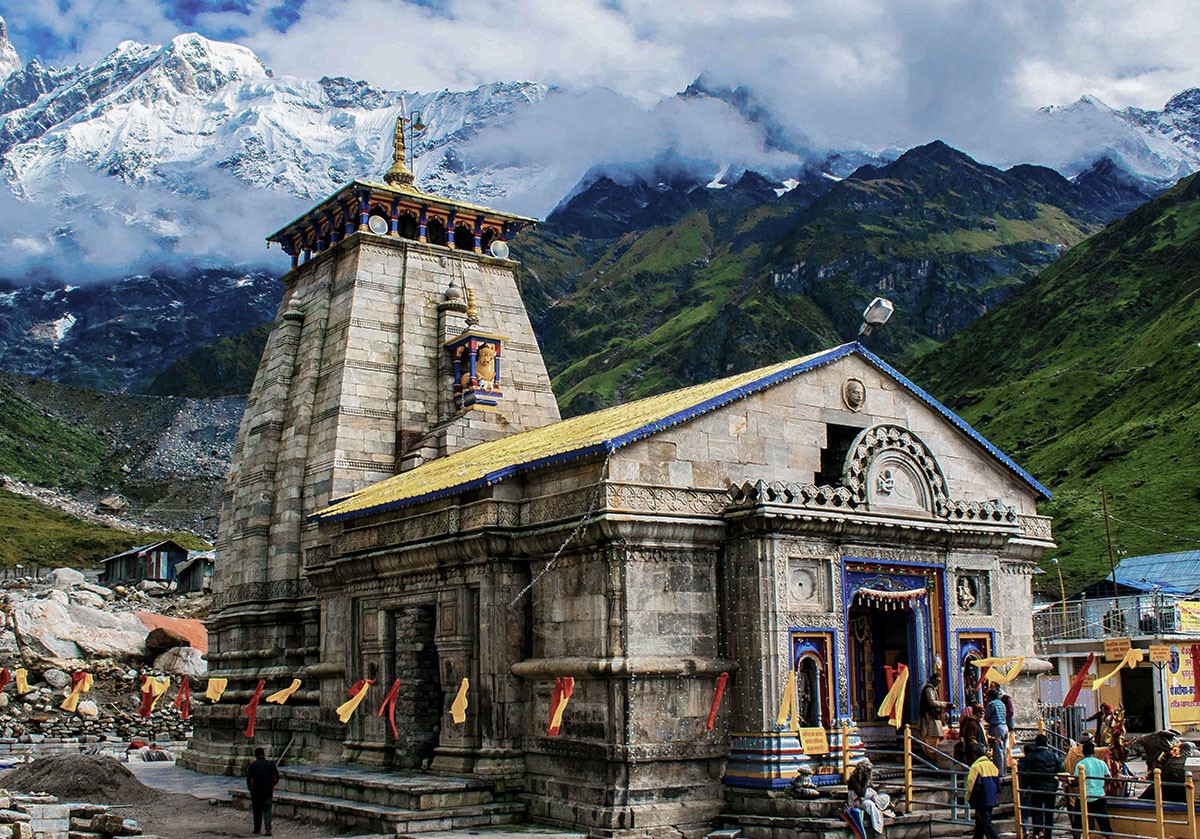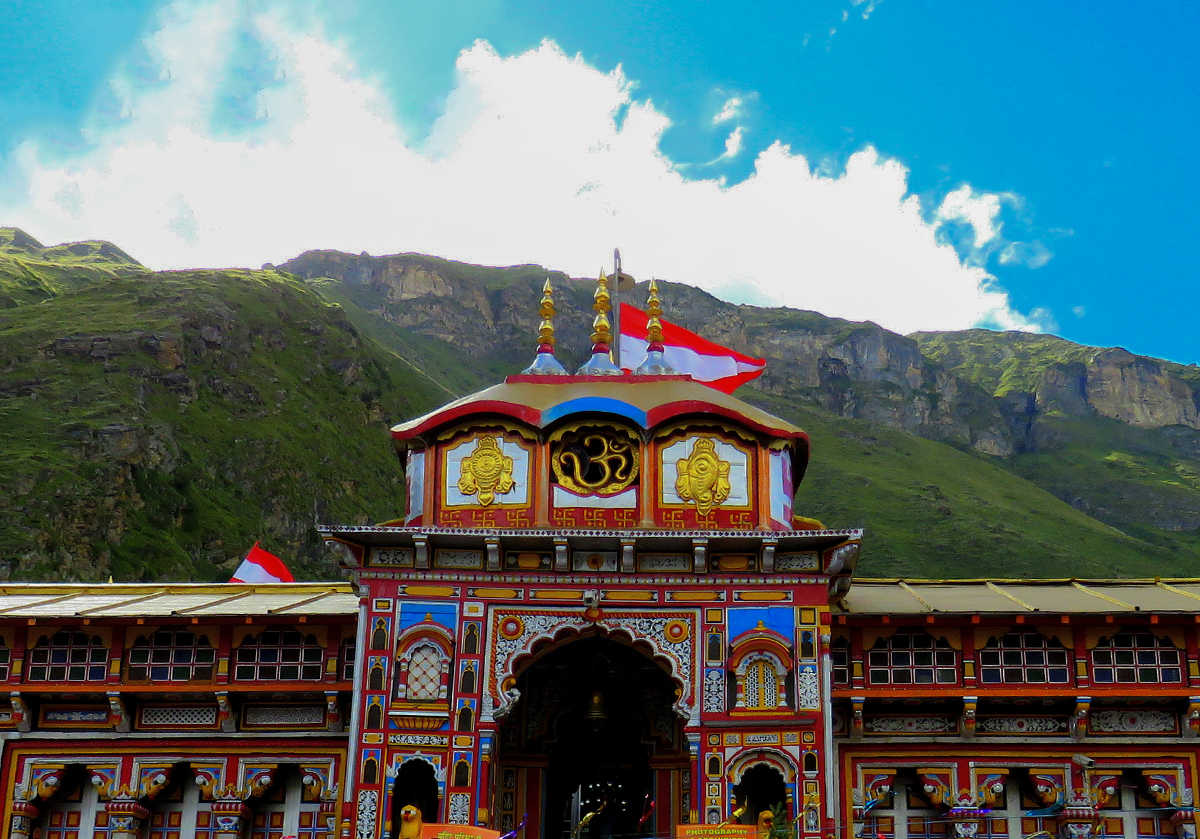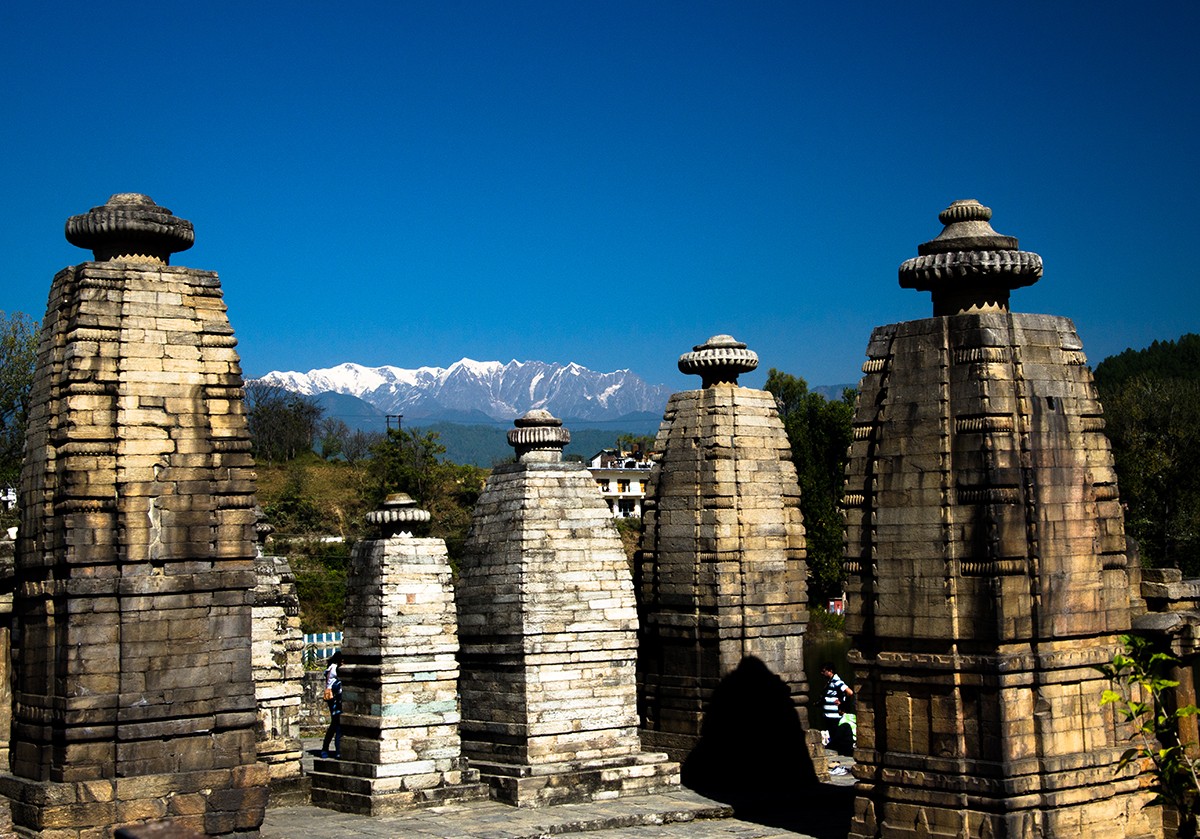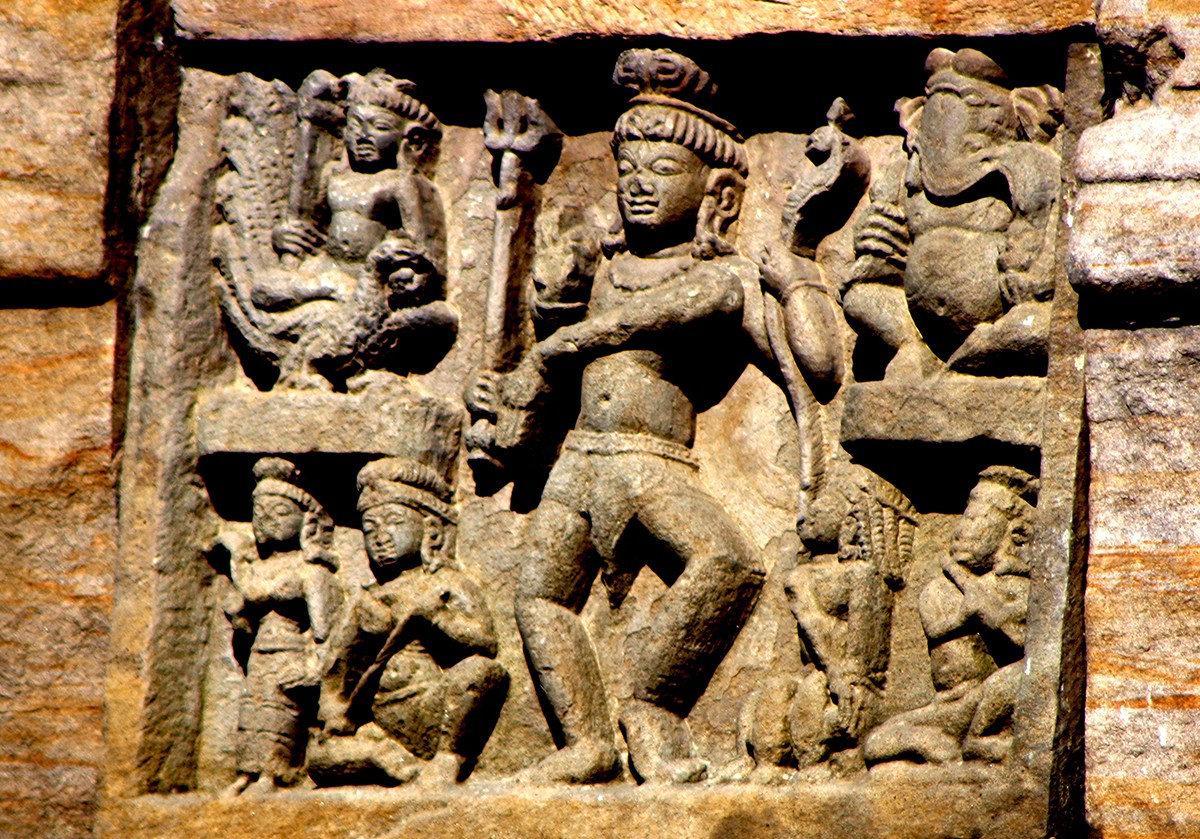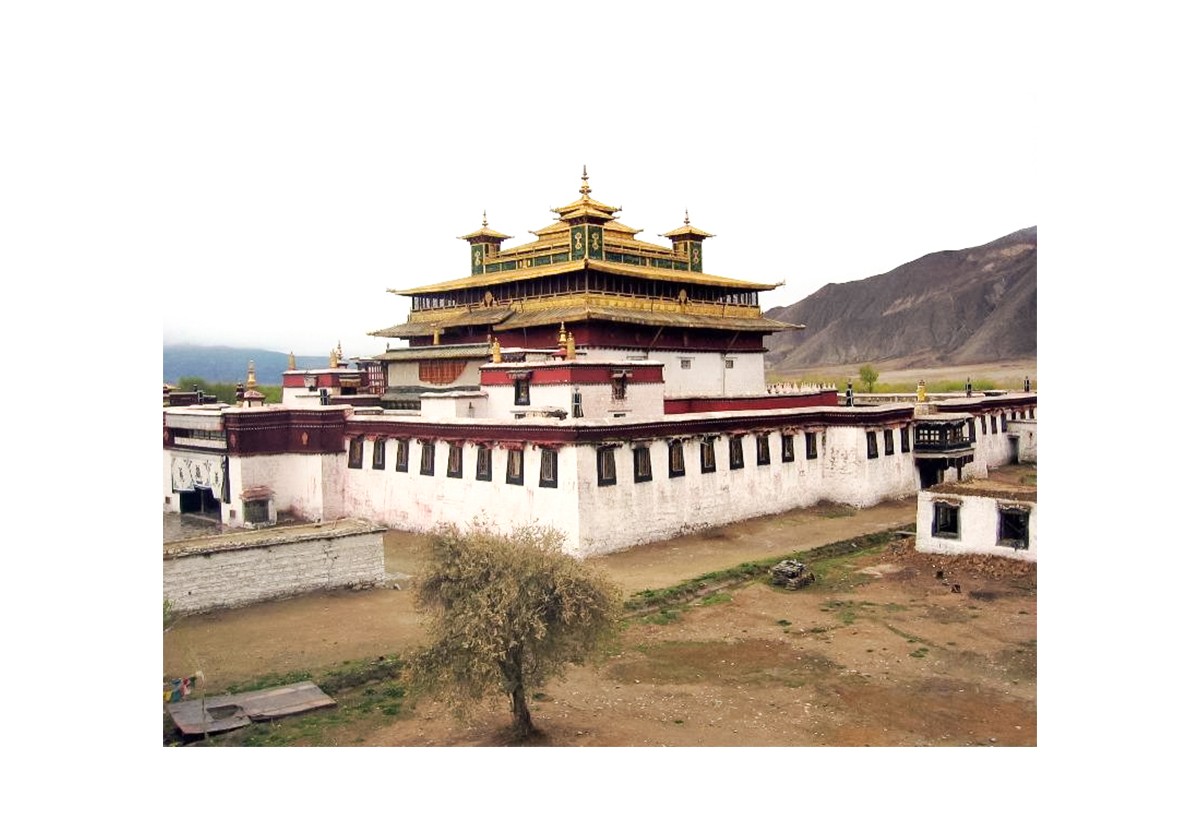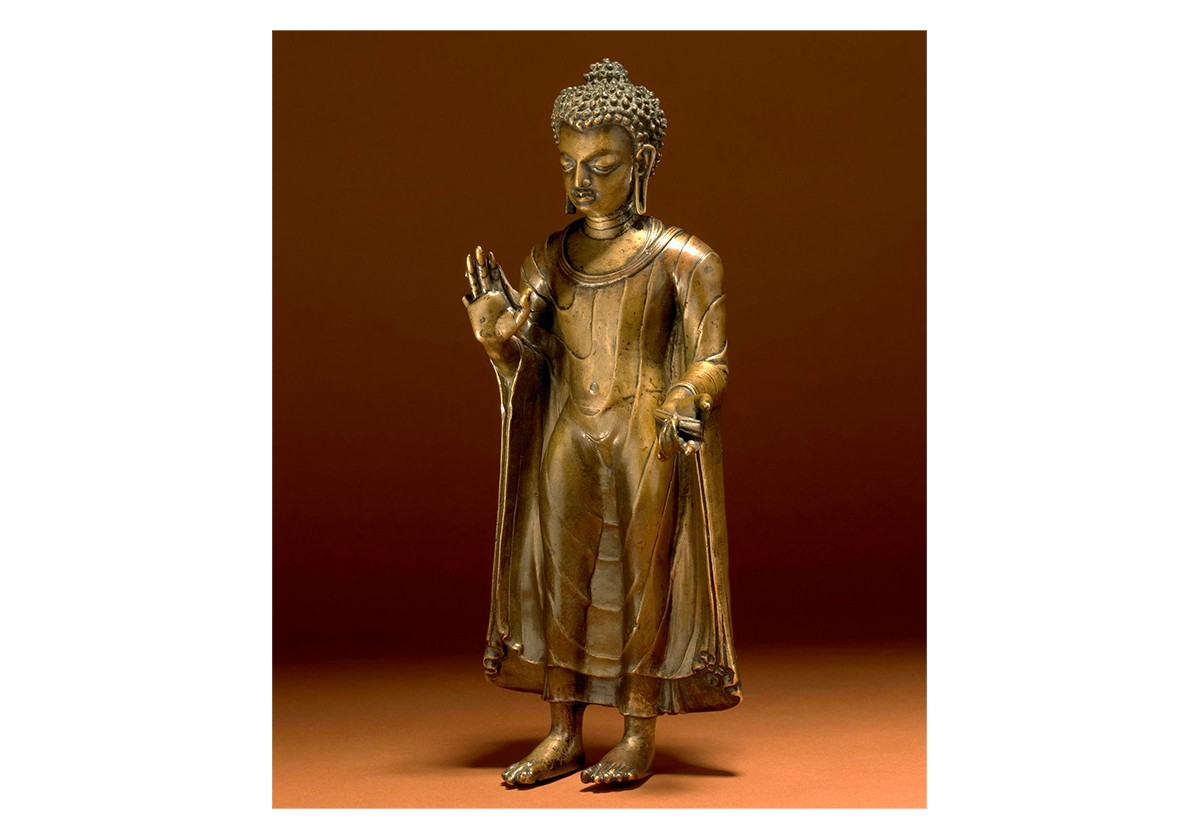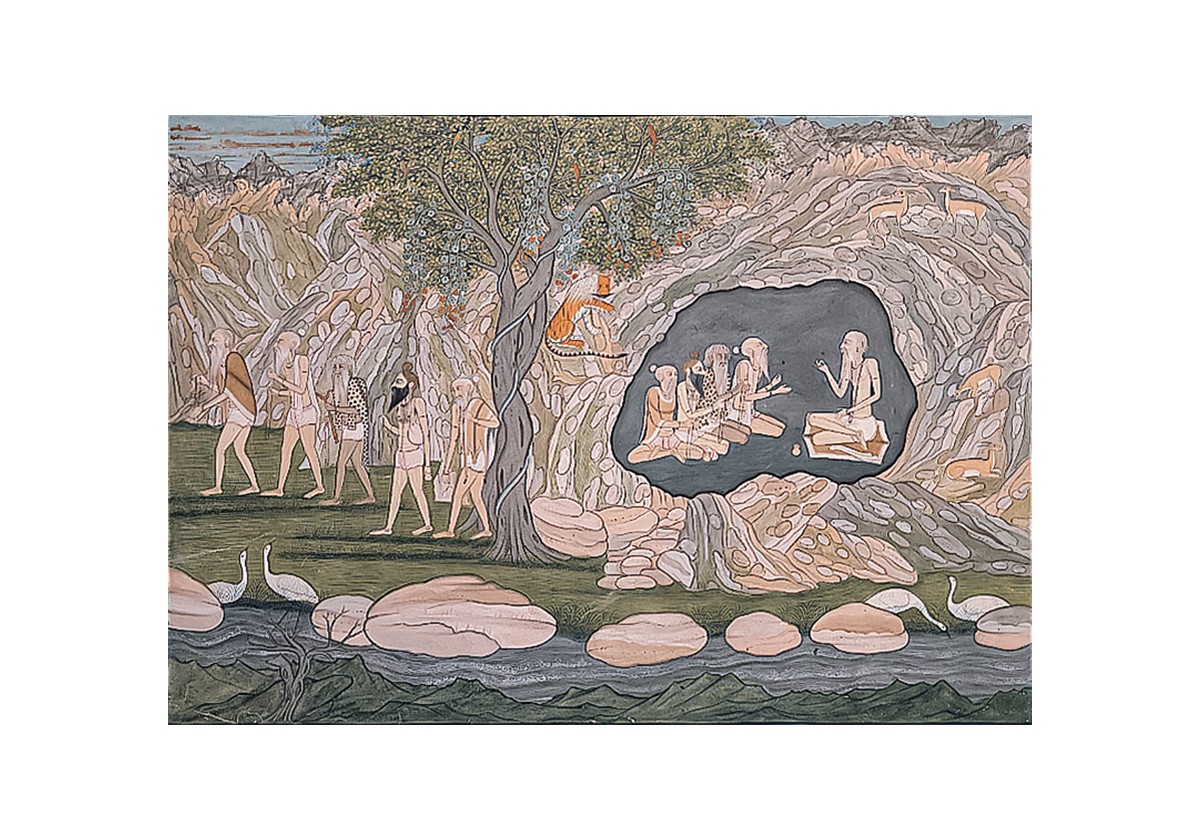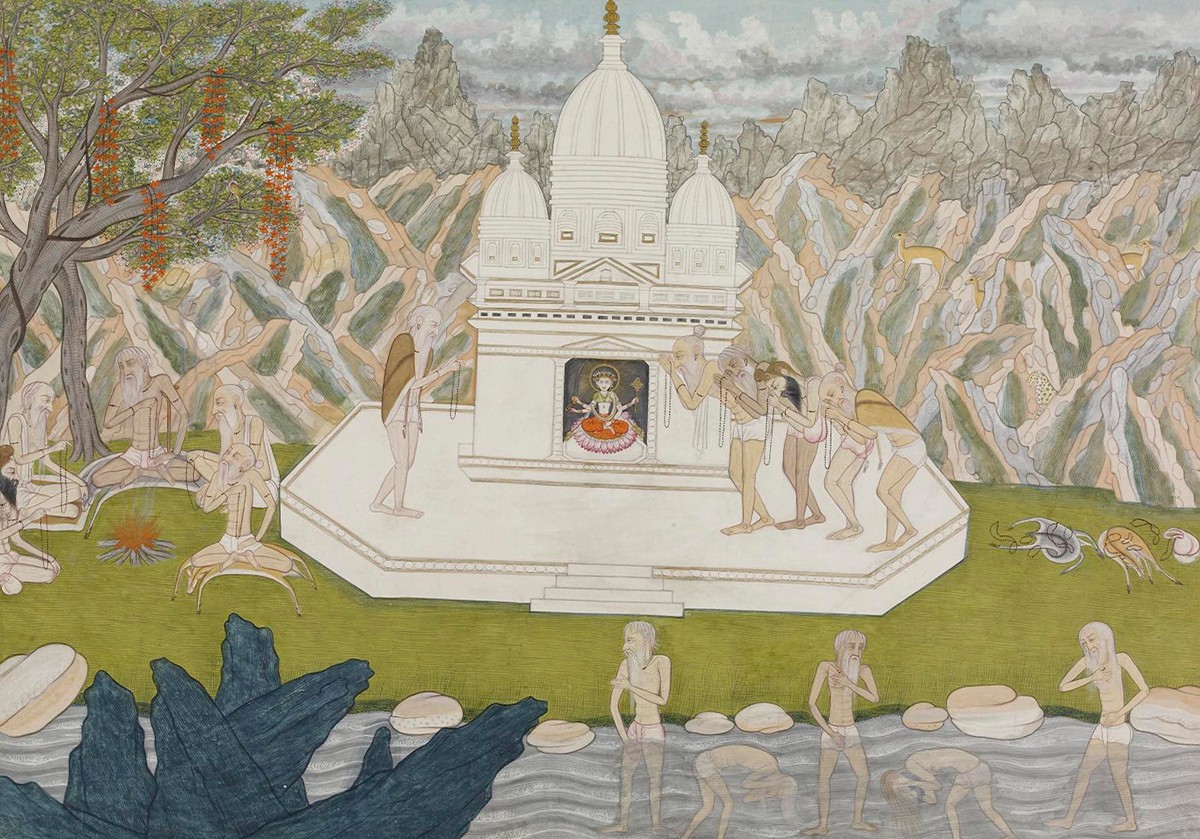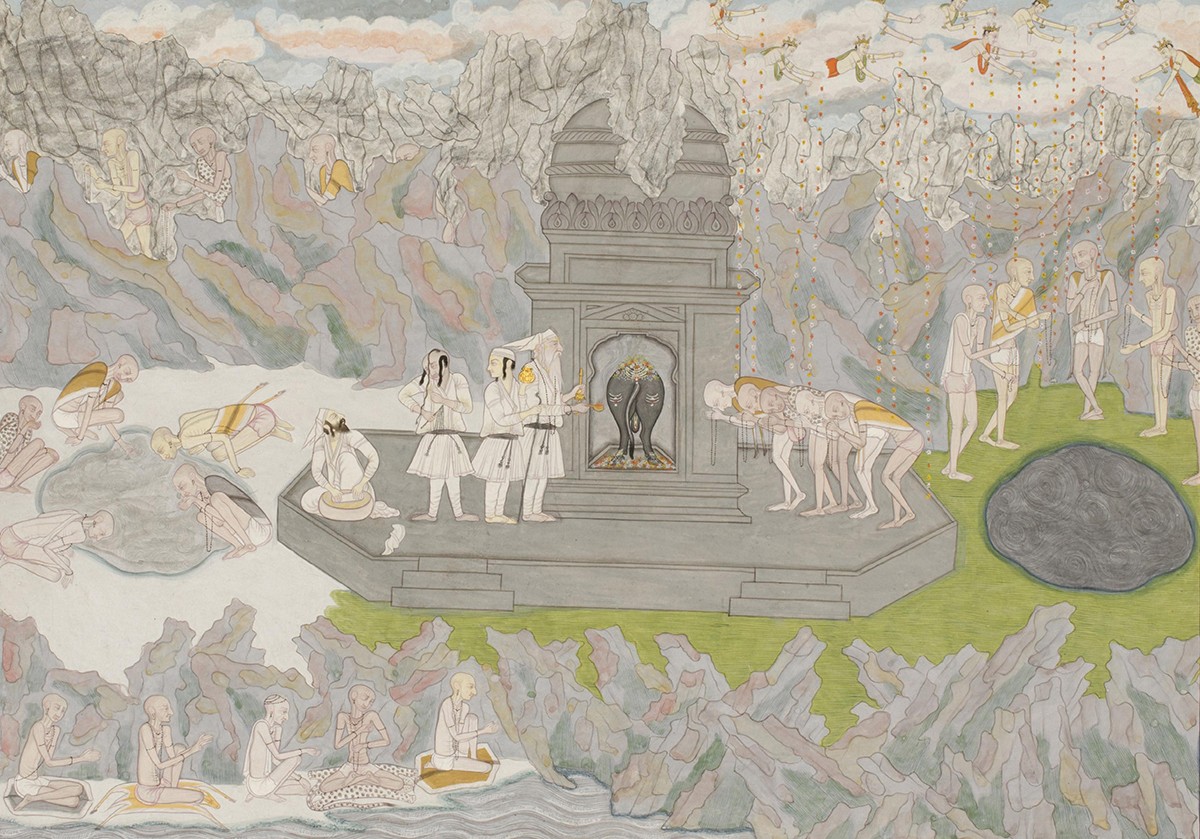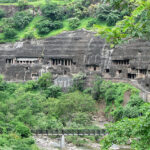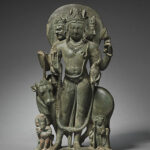Sanskrit Royal Culture Spreads into the Himalayas
700–900 CE
Largely untouched by political conflicts elsewhere in the subcontinent, various kingdoms begin to emerge across the Himalayas and the Tibetan plateau, often adopting elements of royal culture from the mainland. The Kumaon kingdom, across the western and central Himalayas, comes under the control of the Katyuri dynasty. By the ninth century, the independent Garhwal kingdom emerges in the eponymous region, legitimising itself through an adherence to Puranic narratives and the patronage of newly converted shrines at Badrinath and Kedarnath, around which temples are built in the Nagara style and dedicated to Hindu deities. Simultaneously, elites adopt Buddhism in the neighbouring Tibetan region, primarily by way of present-day Nepal and Bengal, between the seventh and ninth centuries .
Bibliography
Chanchani, Nachiket. Mountain Temples and Temple Mountains: Architecture, Religion, and Nature in the Central Himalayas. Seattle: University of Washington Press, 2019.
Thapar, Romila. The Penguin History of Early India: From the Origins to AD 1300. London: Penguin Books, 2002.
Feedback 
This entry appears in
Art in South Asia
Visit Timeline
Associated Timeline Events
First Published: March 11, 2024
Last Updated: May 21, 2024



